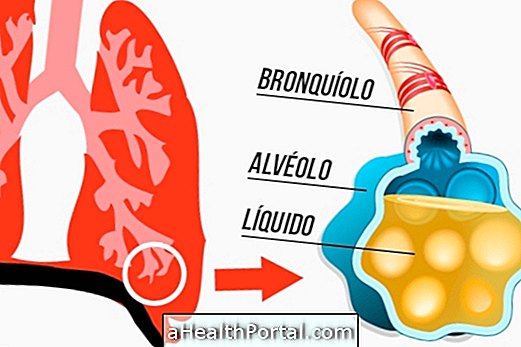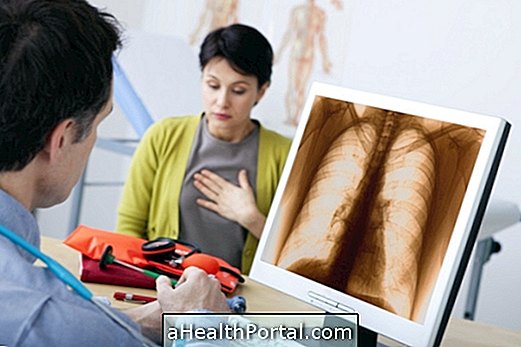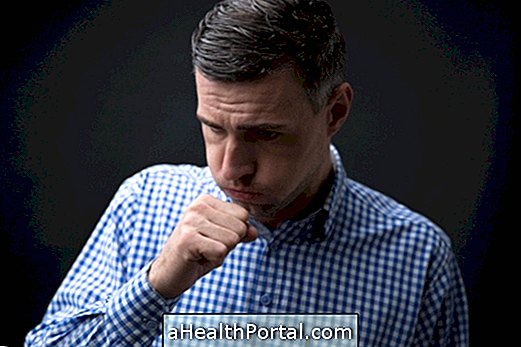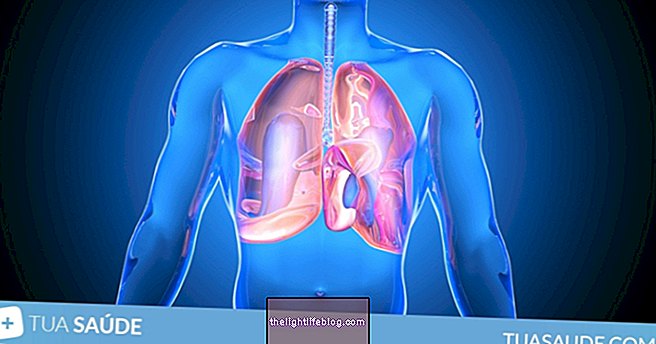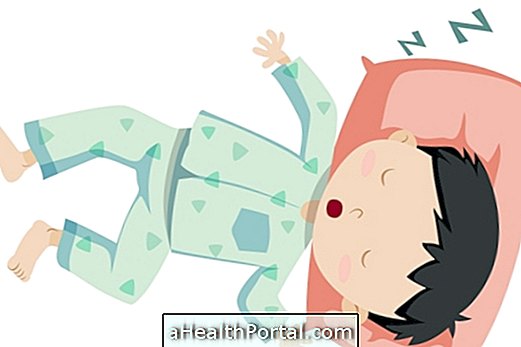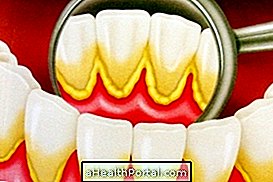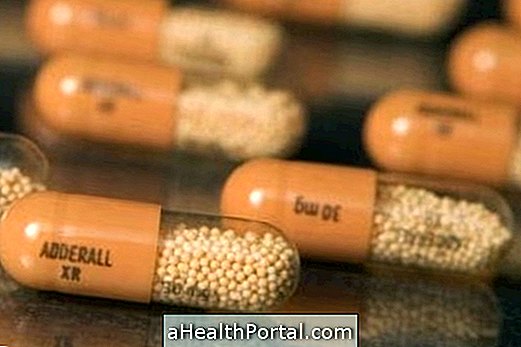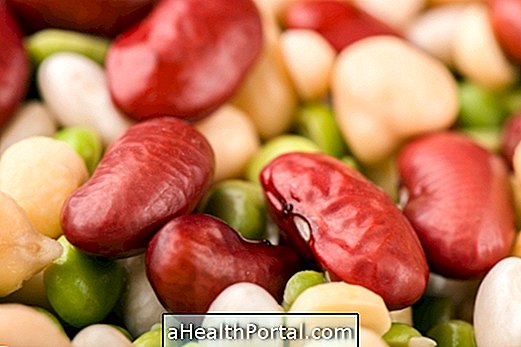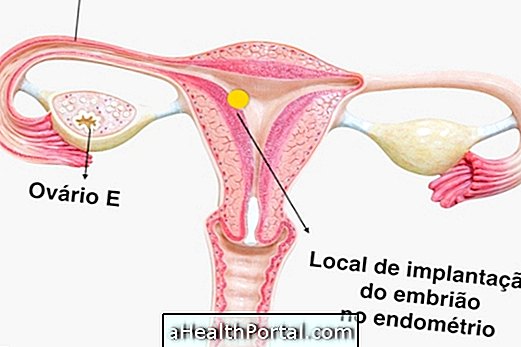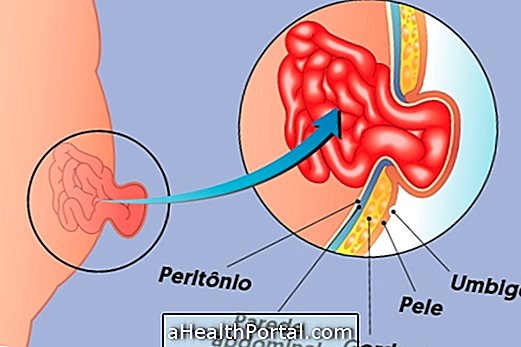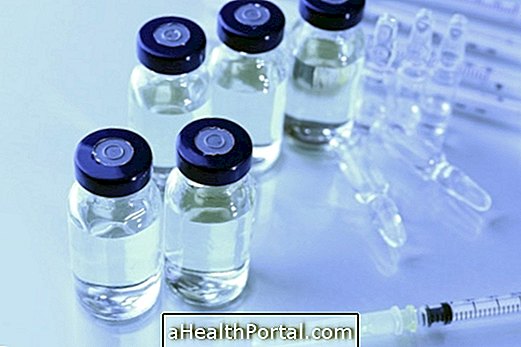COPD, also known as chronic obstructive pulmonary disease, is a progressive respiratory disease that has no cure, and causes symptoms such as shortness of breath, coughing, and breathing difficulties.
It is a result of inflammation and injury to the lungs, mainly because of smoking, as the smoke and other substances in the cigarette cause, little by little, destruction of the tissue that forms the respiratory tract.
In addition to cigarette smoking, other risks for developing COPD include exposure to wood-fired smoke, working in coal mines, genetic lung changes, and even exposure to other people's cigarette smoke, which is passive smoking.
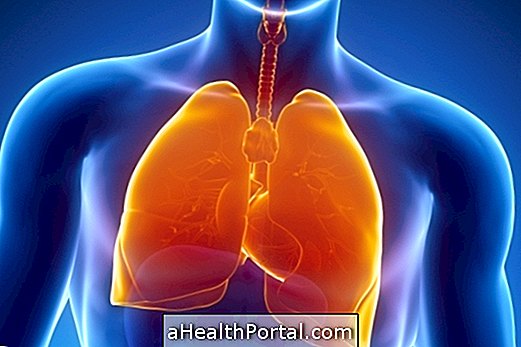
Main symptoms
Inflammation caused in the lungs causes their cells and tissues to not function normally, with airway dilation and air trapping, which is emphysema, in addition to dysfunction of glands that produce mucus, causing coughing and production of respiratory secretions, which is bronchitis.
Thus, the main symptoms are:
- Constant cough;
- Production of much phlegm, especially in the morning;
- Shortness of breath, which starts lightly, only when exerting, but gradually worsens until it becomes more severe and reaches the point where it is present even when stopped.
In addition, people with this disease may have respiratory infections more frequently, which can further worsen symptoms, with more shortness of breath and secretion, a situation that is called exacerbated COPD.
How to diagnose
The diagnosis of COPD is made by the general practitioner or pulmonologist, based on the person's medical history and physical examination, as well as tests such as chest X-rays, computed tomography of the chest, and blood tests, such as arterial blood gases, that indicate changes the shape and function of the lungs.
However, the confirmation is done with the exam called Spirometry, which demonstrates the degree of airway obstruction and the amount of air the person can breathe, thus classifying the disease as mild, moderate, and severe. Learn how spirometry is done.

How to treat COPD
To treat COPD, it is essential to give up smoking, otherwise the inflammation and symptoms will continue to worsen even with the use of medicines.
The medicine used is mainly the inhalation pump, prescribed by the Pulmonologist, which contains active principles that open the airways to allow the passage of air and reduce symptoms, such as:
- Bronchodilators, such as Fenoterol or Acebrofilina;
- Anticholinergics, such as Ipratropium Bromide;
- Beta-agonists such as Salbutamol, Fenoterol or Terbutaline;
- Corticosteroids, such as Beclomethasone, Budesonide and Fluticasone.
Another remedy used to decrease the secretion of catarrh is N-acetylcysteine, which can be taken in tablet or sachet diluted in water. The corticosteroid tablet or vein, such as prednisone or hydrocortisone, for example, is only done in cases of exacerbation or acute worsening of symptoms.
Already the use of oxygen is necessary in severe cases, with medical indication, and must be done in a nasal oxygen catheter, for a few hours or continuously, depending on each case.
In the latter case surgery can be carried out, in which a part of the lung is removed, and has the purpose of reducing the volume and the entrapment of air in the lungs. However, this surgery is only done in some very serious cases and in which the person could tolerate this procedure.
You may also have some care, such as being in a comfortable position when lying down, to make breathing easier, preferring to leave the bed bent or slightly seated if you find it difficult to breathe. In addition, it is important to do activities within limits, so that the lack of air does not get too intense, and the diet should be done with the help of the nutritionist so that the nutrients needed to give energy are replenished.
Physiotherapy for COPD
In addition to medical treatment, it is also recommended to have respiratory physiotherapy as it helps to improve the breathing capacity and quality of life of the person with COPD. The goal of this treatment is to aid in the rehabilitation of breathing, thus reducing symptoms, doses of medications and the need for hospitalization. See what respiratory physiotherapy is for and how it is done.
